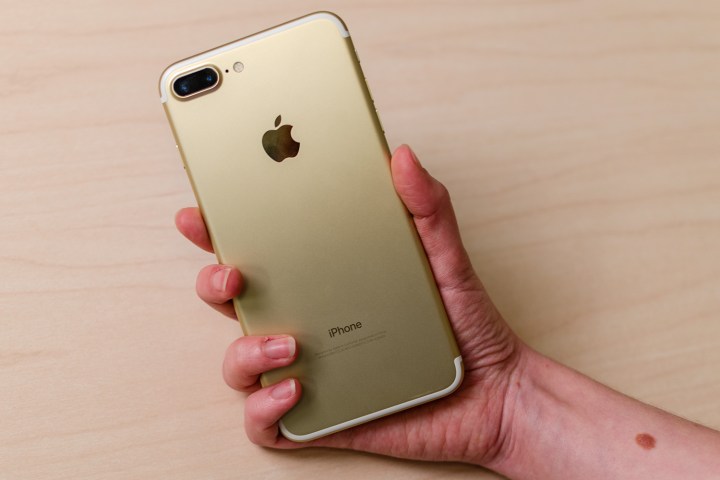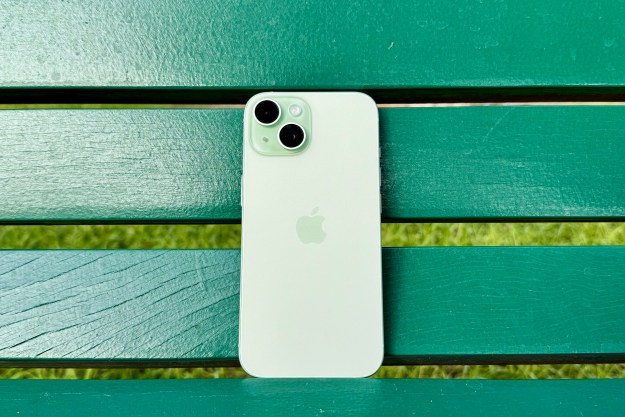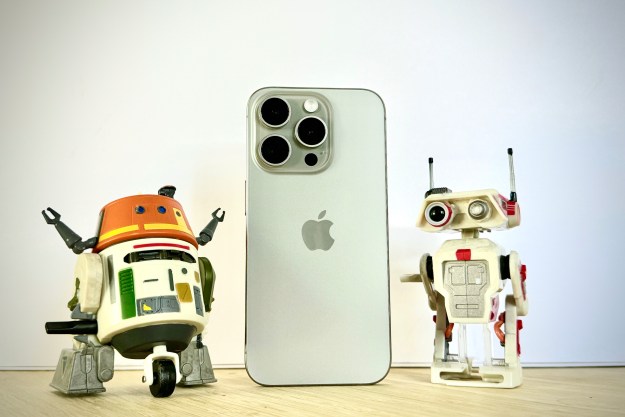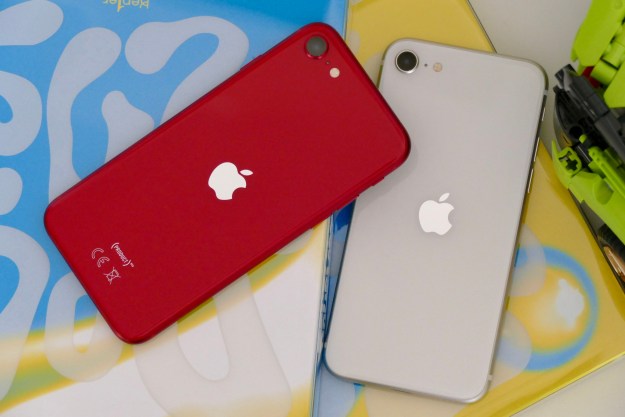
The feature uses the iPhone’s camera to magnify objects and reaches beyond what the zoom inside the native camera app is capable of for even more magnification. The native “app” includes a few other features for getting in close to the details, whether that is for reading the fine print or uncovering other details.
The feature is actually pretty simple to access, you only have to press the home button three times. But, as Business Insider points out, you have to turn it on first. Users of iOS 10 can access the feature by heading into settings, then tapping General and Accessibility. Swipe next to “Magnifier” to turn the feature on.
Tapping the home button three times brings up the feature, even while inside an app. A slider adjusts the magnification effect and while the center button looks like the same one inside the native camera app, it only freezes the image until you press it again — nothing is actually saved. The familiar lightning bolt icon turns on the camera’s flash as a steady light source.
The icon on the lower right is familiar too but instead of adding photo filters, it adjusts the brightness and contrast and triggers multi-color modes, likely a feature added to assist with colorblindness.
The use of the iPhone’s camera to magnify objects may be relatively simple but it could be handy to have an easy way to read the fine print right in your pocket and accessible with three taps. Without an on-screen control or app screen, it is one of those iOS features that are often never noticed.
Editors' Recommendations
- This is the iPhone concept of my dreams
- I found an amazing new way to use my iPhone 15 Pro Max
- Are you having iPhone alarm problems? A fix is coming soon
- Nomad’s new iPhone case and Apple Watch band may be its coolest yet
- An Apple insider just revealed how iOS 18’s AI features will work




